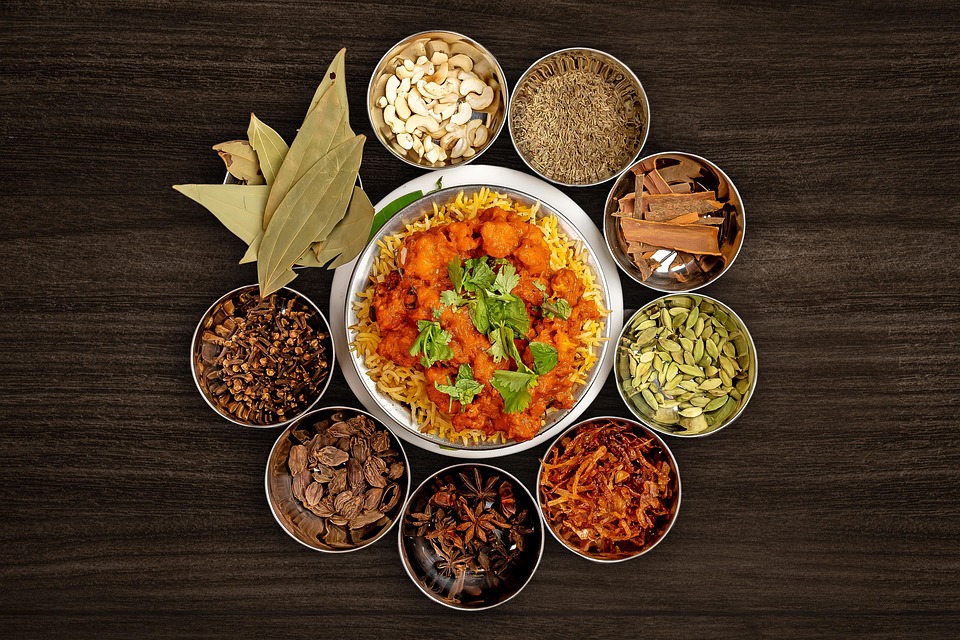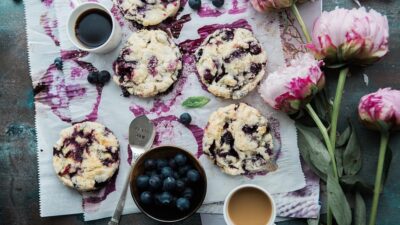Behind the Scenes of Food Photography: The Magic of Styling
In the age of social media, food photography has become an art form that transcends mere representation of culinary creations. Every time we scroll through beautifully curated Instagram feeds, we find ourselves captivated not just by the food’s ingredients but by the allure of presentation. Behind this visual magic lies an intricate process known as food styling, which plays a crucial role in transforming a dish from a simple meal to a work of art.
The Importance of Food Styling
Food styling is more than just arranging elements on a plate; it is about creating a narrative that evokes emotions and stimulates the senses. The artistry of styling can make viewers not only want to taste the dish but also feel a connection to the ingredients, culture, and story behind it. Every photograph tells a story, and the stylist serves as both the storyteller and the director.
The Stylist’s Toolkit
Professionals in food photography often come equipped with an array of tools designed to enhance the visual appeal of each dish:
-
Props and Backgrounds: The right props—such as plates, cutlery, and linens—set the tone of the image. Stylists choose items that complement the food without overshadowing it. Natural textures like wooden boards or rustic cloth can add depth and warmth.
-
Lighting: Natural light is often the preferred choice, highlighting the food’s colors and textures. However, stylists also use reflectors and diffusers to manipulate shadows and highlights, creating a dramatic effect that draws attention to the food.
- Color Theory: Colors evoke emotions and can influence appetite. Stylists often select backgrounds and props that create a harmonious color palette, ensuring that the food pops and remains the focal point.
The Process of Styling
The journey from a dish to its finalized photograph is a meticulous process that involves several steps:
-
Planning: Before even setting foot in the kitchen, stylists collaborate with chefs or food producers to understand the dish’s key elements. Knowing what ingredients will make the dish visually appealing is essential.
-
Preparation: Once in the kitchen, every element must be prepared with styling in mind. For example, undercooking vegetables can make them look fresher, while choosing ripe, vibrant produce enhances visual appeal.
-
Assembly: Assembling the dish is where the real styling occurs. It’s a delicate balance of layering, plating, and adjusting components to create an inviting aesthetic. The goal is to maintain a natural look while also perfecting angles and arrangements.
- Final Touches: This stage involves small adjustments—sprinkling herbs, adding condiments, or even using oil to create a glossy finish. These subtle details can elevate a dish from ordinary to extraordinary.
The Role of the Photographer
While the stylist is crucial for creating the perfect scene, the photographer also plays an essential role. The two must work in harmony to ensure that every aspect of the styling translates beautifully through the lens. Photographers often experiment with angles, distances, and lighting setups, capturing the food in all its glory. Communication between the two is vital, as they adjust compositions in real-time to achieve the desired outcome.
Challenges in Food Styling
Despite its artistic allure, food styling is not without challenges:
-
Time Sensitivity: Food is perishable and can lose its appeal quickly. Stylists often work against the clock to capture vibrant colors before they fade.
-
Temperature Control: Hot dishes need to be styled quickly, while cold items require precise refrigeration to preserve freshness. This demands quick thinking and adaptability.
- Expectations vs. Reality: Showing food in its best light must balance authenticity with aesthetics. Viewers want to see beautiful representations, but they also desire recognizable dishes.
Conclusion
Behind every delectable food photograph lies a world of artistry and collaboration. Food styling is a transformative process, bridging culinary mastery with visual creativity. It allows us to connect with food in ways that go beyond taste, offering a feast for the eyes and enriching our culinary experiences. Whether it’s a simple home-cooked meal or a lavish banquet, the magic of food photography brings forth the beauty of food, inspiring us to gather, share, and, ultimately, savor each moment. As the food takes center stage, it’s the stylist’s touch and the photographer’s eye that make it all possible.



